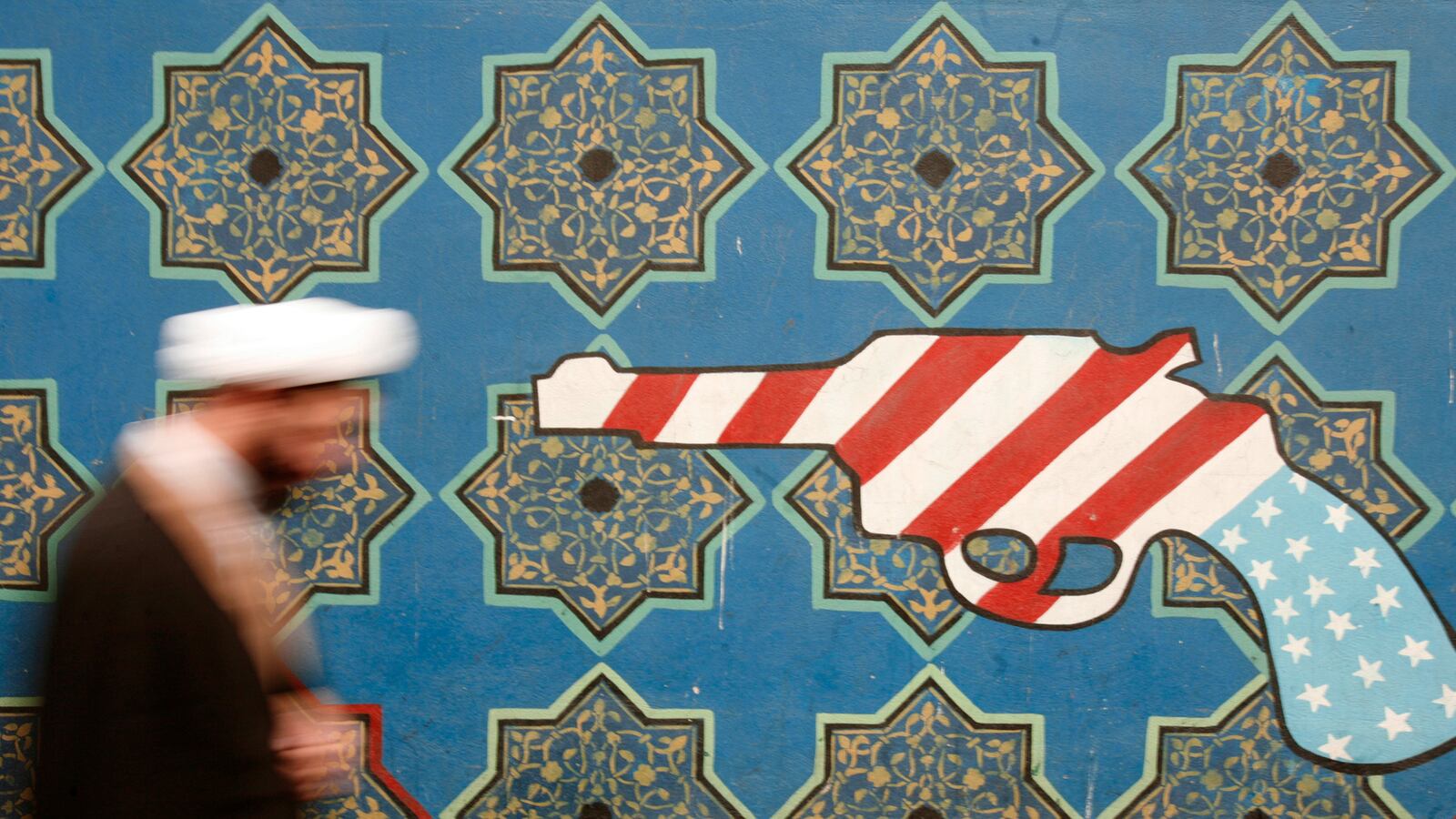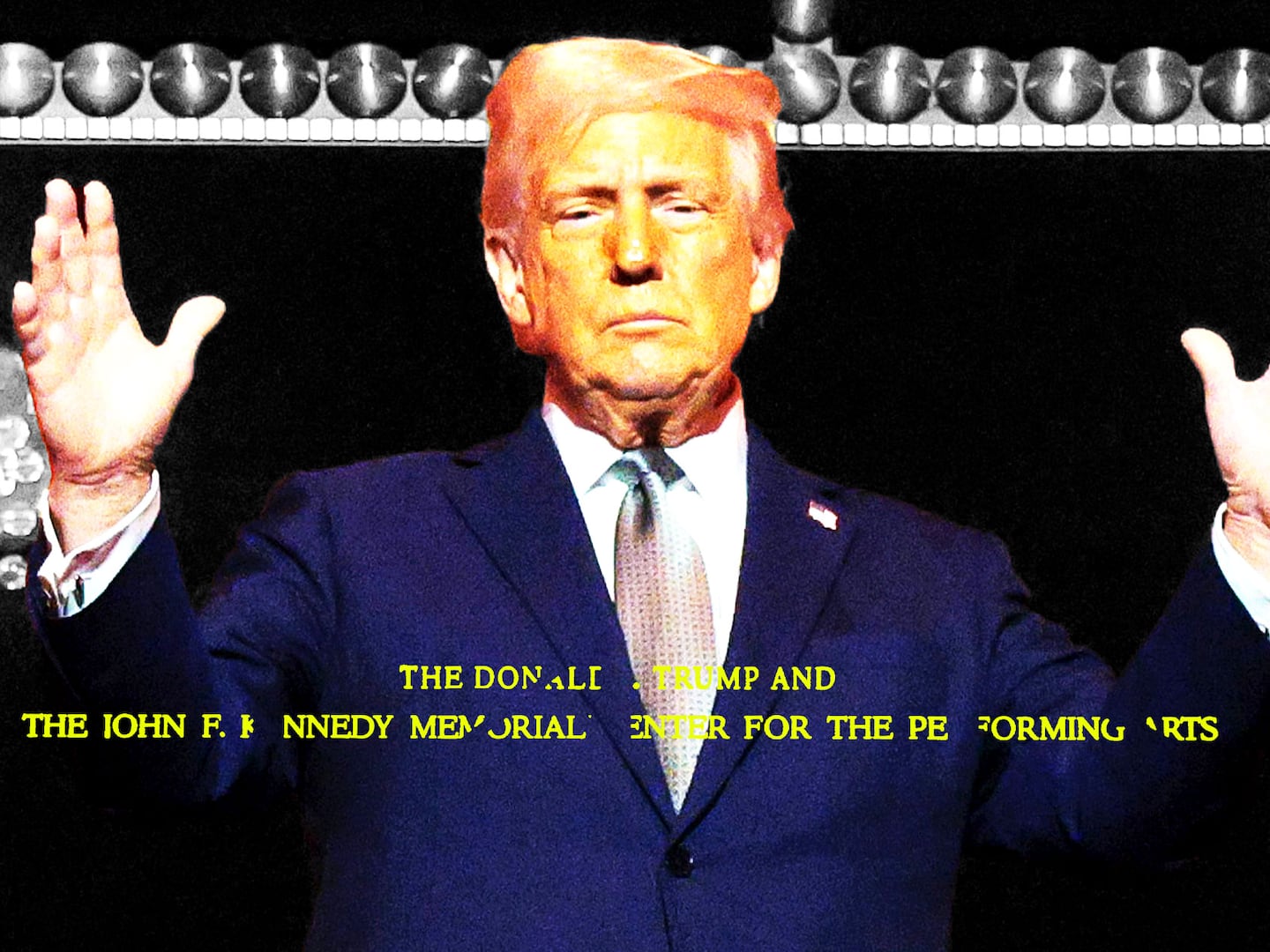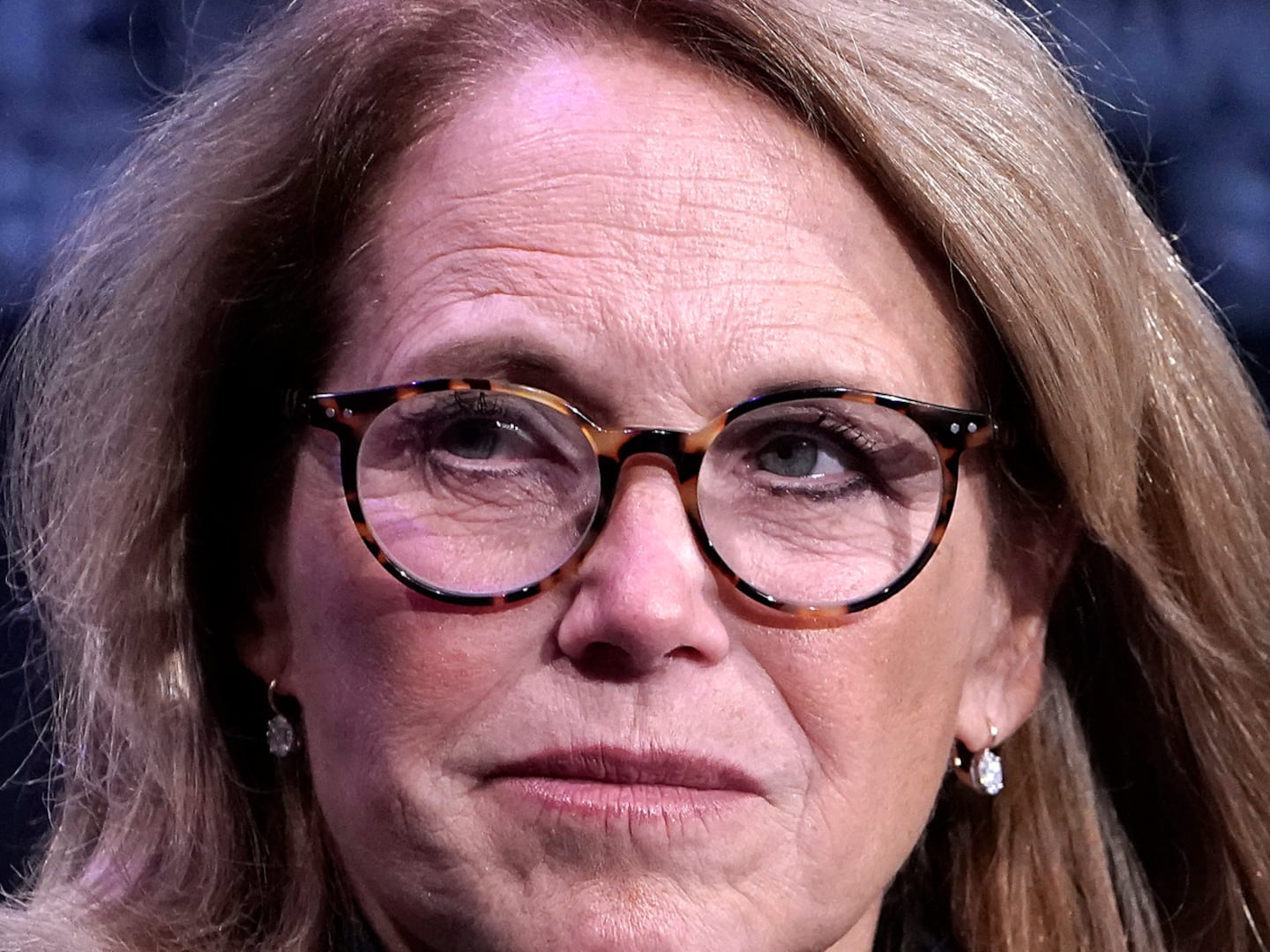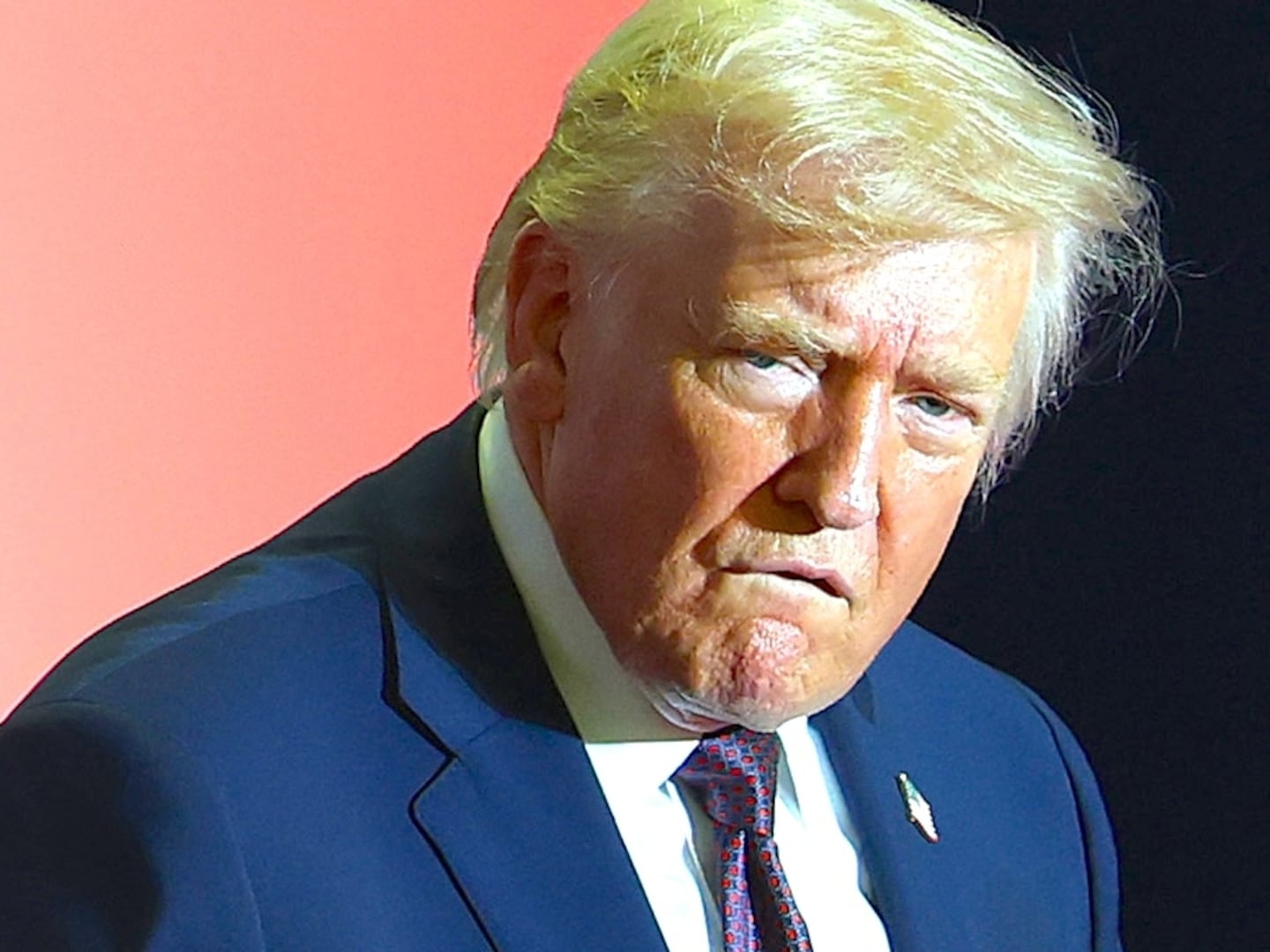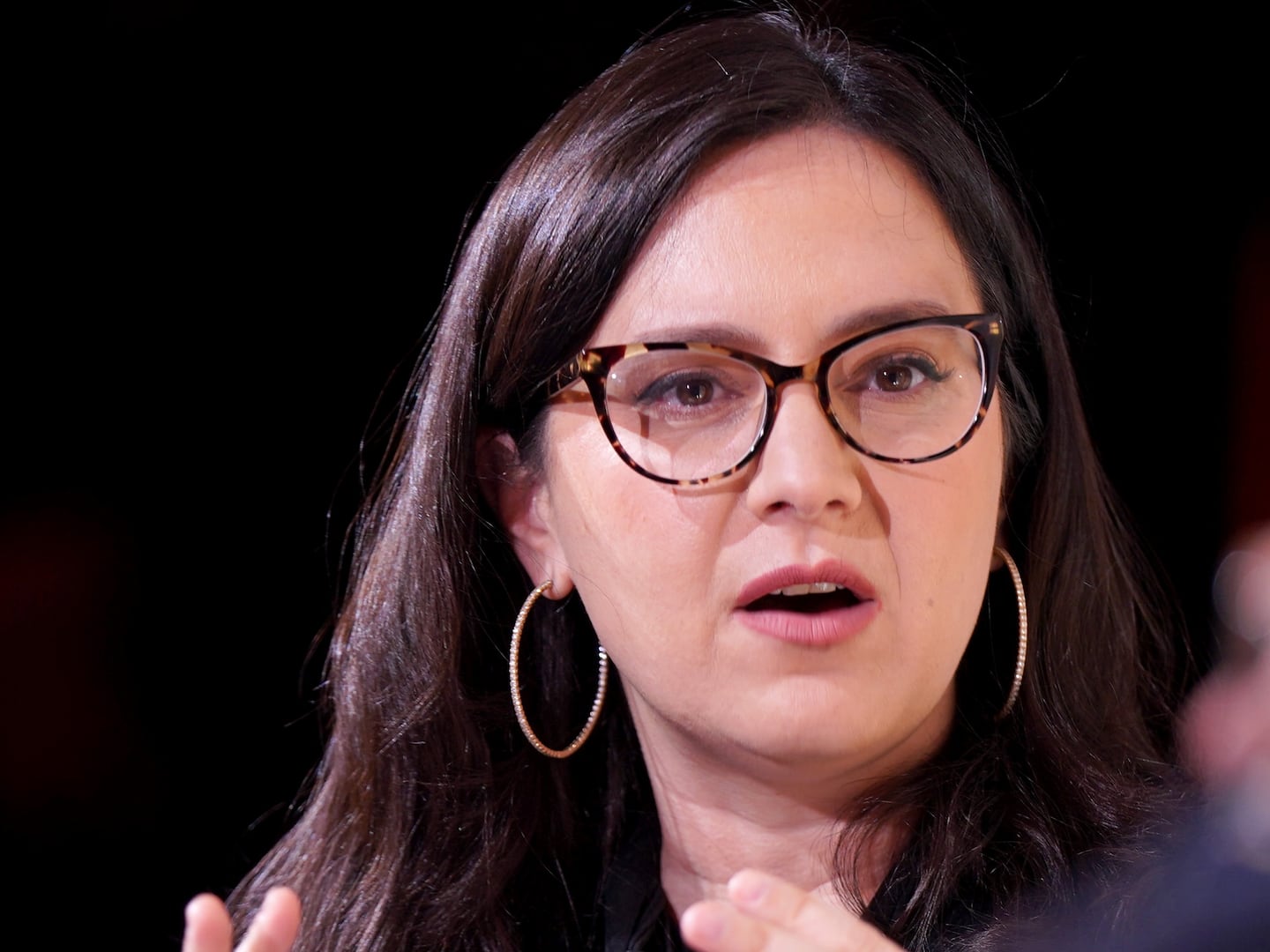“This has been like a Rubik’s Cube, and we have been waiting for the pieces to click into place,” a senior U.S. administration official who was involved in the Iran negotiations told reporters on Tuesday. Then, finally, in the “early morning hours” of July 14 in Vienna, “the last block clicked.”
In recent days, President Barack Obama had stayed in touch with his negotiating team, which included Secretary of State John Kerry, Undersecretary of State for Political Affairs Wendy Sherman, and Energy Secretary Ernest Moniz, via secure video teleconference calls from the White House Situation Room.
Obama told the officials to focus on outcomes and not deadlines—several of which had already come and gone—telling them, “I don’t care about any particular deadline. I care about the quality of the deal,” according to another senior administration official.
On Monday, Obama received word from White House staff that Iran, the United States, and its negotiating partners had reached a final agreement. The president and Kerry spoke by phone, and Obama congratulated the team, some of whose members have been in Austria working on the deal for weeks, pausing only to sleep (and not that much), officials said.
Monday evening, Obama called congressional leaders to inform them that the deal would be formally announced Tuesday morning, Washington time, and in the coming days, the president and his staff will be discussing the agreement with lawmakers in greater detail.
Obama’s main concerns in the negotiations were maintaining the framework of a deal hammered out last spring in Lausanne, Switzerland, and not sliding on any of its conditions. The president was adamant that all pathways to Iran obtaining a nuclear weapon be blocked and that there be a rigorous set of requirements for “transparency and verification.”
Another senior administration official who was involved in the negotiations said that Iran must adhere to United Nations inspections for years, and in some cases indefinitely. Obama’s bottom line was that for the next 10 years Iran be no less than one year away from being able to build an explosive nuclear device. “I can assure you that has been met,” the official said.
It’s on that question of how to verify that Iran is keeping its part of the bargain that the White House has placed the most emphasis in defending the agreement. In remarks Tuesday morning, Obama himself said the 159-page document is “not built on trust; it is built on verification. Inspectors will have 24/7 access to Iran’s key nuclear facilities.”
Unfortunately, right there POTUS can be heard overselling an agreement that may not be bad, but is not quite as good as he pitched it.
The crucial question for critics is not whether there is 24/7 access to “key” nuclear facilities that already are known. It’s whether there is “anytime, anywhere” access to facilities that are not declared but are reasonably suspected of carrying out clandestine nuclear activities. And that is not happening. Under the current agreement there is much more access to suspect sites than before, but much less, say, than there was in Saddam Hussein’s Iraq in 1991 or 2002.
In return for various Iranian concessions, the United Nations, the European Union, and to some extent the United States will be lifting sanctions in the next several months that will essentially put the oil-rich Islamic Republic back into the mainstream of international commerce.
A fourth senior administration official said that sanctions would be eased according to a tightly-scripted sequence that only begins after Iran has verified to international inspectors that it is complying with a first set of requirements to restrict its nuclear program. And only sanctions that have to do with Iran’s nuclear program will be lifted. Sanctions put in place for Iran’s support of terrorism and its human-rights records will remain, the official said.
To make sense of all this it’s useful to remember that, to paraphrase the old Billy Joel song, sooner or later it comes down to FAIT: a series of milestones listed in the agreement as Finalization Day, Adoption Day, Implementation Day, and, eight years down the road, Transition Day. They and their impact is best articulated not in the main text of the agreement, which is full of platitudes, but in Annex II (Sanctions-related commitments) and Annex V (Implementation plan) which itemize the specifics:
“Finalization Day” should be coming up soon. It sets in motion the cancellation of all previous UN Security Council resolutions on the Iranian nuclear issue. But that does not take effect immediately.
“Adoption Day” comes 90 days after the UN Security Council endorses the agreement presented on Tuesday, and it is only then that the Vienna accords come into effect. By that time, the U.S. Congress, the Iranian Majlis and the other governments involved will have had a chance to sift through the details of the deal. But by then we’re already in late October or November—and still no sanctions have been lifted.
“Implementation Day” is the big day. At that point—most likely December this year— the UN’s International Atomic Energy Agency is supposed to have verified Iranian compliance with a whole host of specific actions that Obama administration and its negotiating partners (France, Britain, China, Russia, Germany, and the European Union) consider essential to make sure Iran could not produce a theoretical atomic weapons (which it “reaffirms” twice in the agreement that it does not want and will not build) in less than a hypothetical year or more.
The IAEA is supposed to certify that a set number of uranium-enriching centrifuges have been packed away, the heavy water reactor at Arak is on its way to redesign and reconstruction, enriched uranium stockpiles have been diluted or disposed of, and the Iranians have answered satisfactorily, at last, decade-old questions about alleged attempts in the 1980s and 1990s to build atomic weapons.
It is at this point that the big sanctions crippling the Iranian economy come off, and the country essentially is back in business, able to use the international banking system and getting access to well over $100 billion in frozen assets.
“Transition Day” comes eight years after Implementation Day when the then-head of the International Atomic Energy Agency certifies that Iran’s nuclear program is, indeed, entirely peaceful, and some more sanctions come off. If things are going that well in 2022—if this seemingly historical deal is still holding—then we’ll know that the Rubik’s Cube solved in Vienna was more than a puzzle. It was a work of art.
